UPDATE
Throughout comments it turned out that the approach for benchmark I taken was incorrect, therefore results were misleading. After correcting my approach (as in accepted answer) results are as one would expect - JDK 13 performance is just as good as with JDK 11. See the answer for more details.
Original question
I was doing some performance benchmarks on HashSet under Windows 10, using following test code for JMH:
@Benchmark
@BenchmarkMode(Mode.AverageTime)
@Fork(value = 1, warmups = 1)
public void init() {
HashSet<String> s = new HashSet<>();
for (int i = 0; i < 1000000; i++) {
s.add(Math.random() + "");
}
s.size();
}
I compiled and run it under different JDK versions and here is what results I got:
I tested it with different heap sizes too (thus 3 different colors for each JDK). JDK 14 is of course a pre-release snapshot from today - just to see ZGC performing under Windows.
I wonder - what happened after JDK 11? (note, for JDK 12 it already starts growing, even though it's not present on the chart above)
